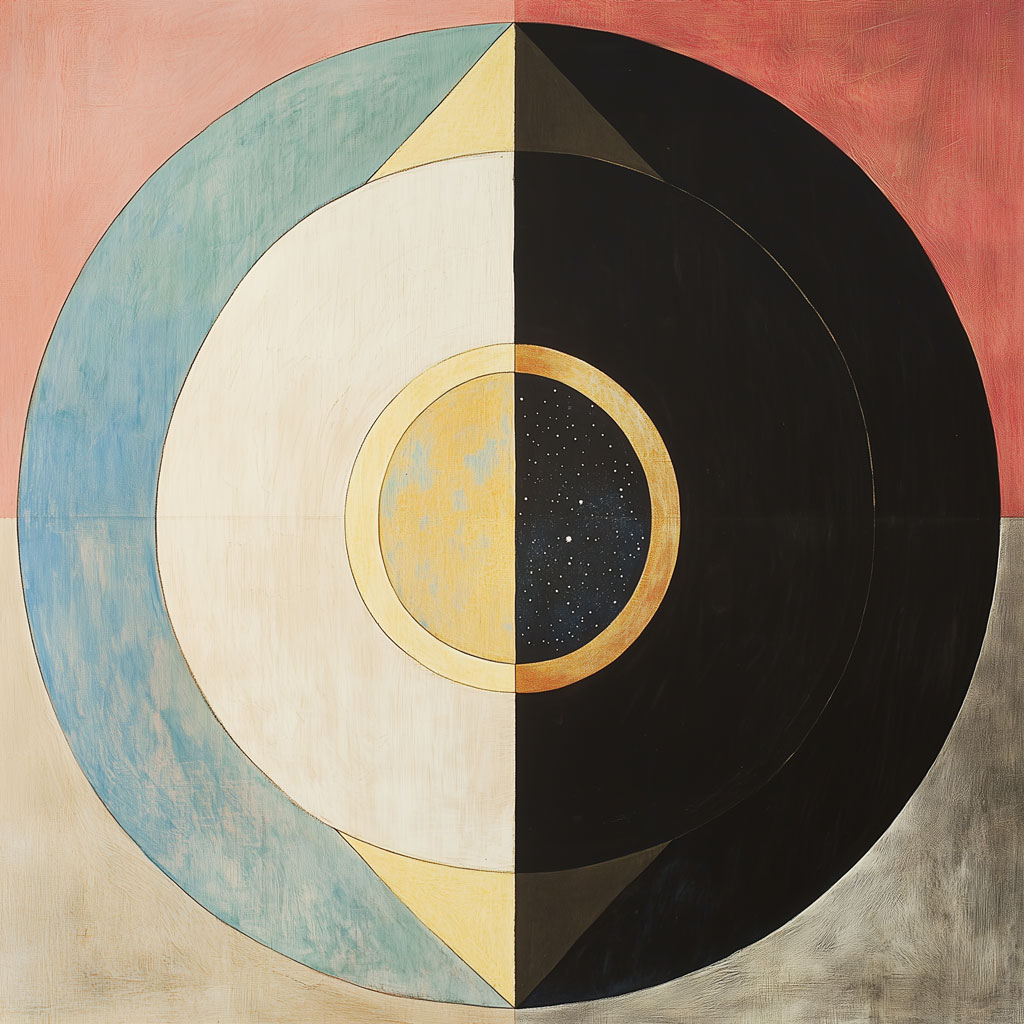THE EDITH LAUFER NEUROPSYCHOANALYTIC CLINICAL STUDY CENTER
Take the next step in your recovery
THERAPY / NEUROPSYCHOANALYTIC CLINICAL STUDY CENTER

Experience personalized care with our dedicated team. Call us today at (212) 924-7440 or email neuro.npap@gmail.com for a free consultation.
TAKE THE NEXT STEP IN YOUR RECOVERY
The Edith Laufer Neuropsychoanalytic Clinical Study Center (ELNCSC), launched in 2003, was the first clinical group in NYC to provide neuropsychoanalytically informed psychotherapy to patients with focal brain damage. Since 2018, our mission expanded to include a neuropsychoanalytic approach for our general caseload. Neuropsychoanalysis is an interdisciplinary field exploring the synergistic interaction between neurobiology and psychoanalytic models.
From 2003-2020, under Dr. Mark Solms’ supervision, our members provided neuropsychoanalytic treatment to brain-injured patients. This project served an underserved population while enhancing our understanding of how brain structure changes influence behavior, cognition, emotions, and identity.
We integrate neuropsychoanalytic perspectives into NPAP training through:
40 West 13th St. New York, NY 10011
Monday-Friday
9:00 AM – 5:00 PM (EDT)
+1 (212) 924.7440
contact@npap.org